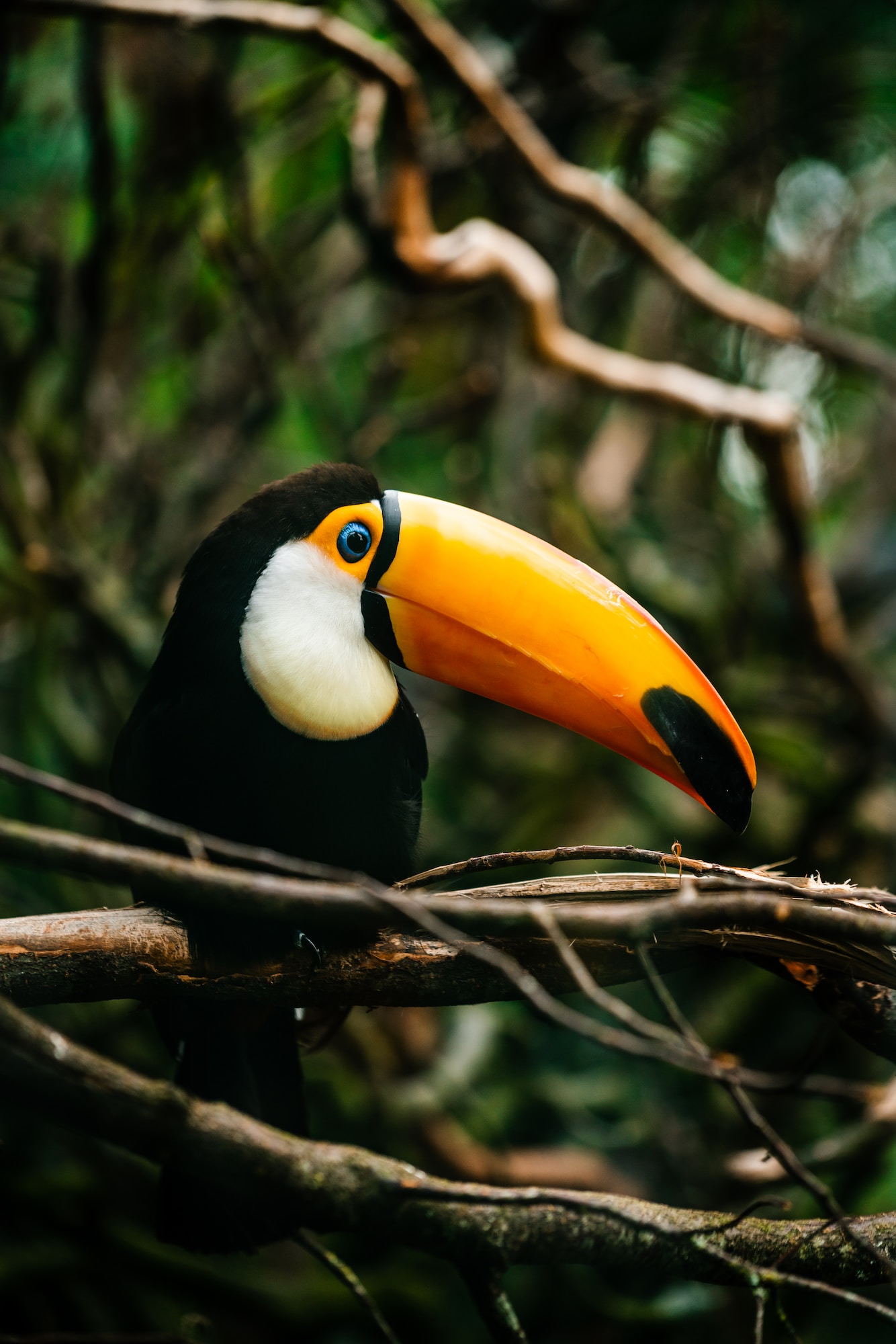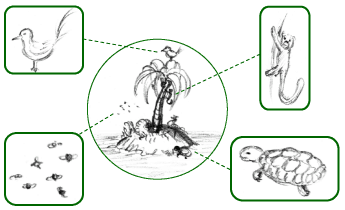Fauna, the mesmerizing tapestry of animal life, takes center stage in our exploration today. As we delve into the intricacies of this captivating realm, we’ll discover its etymology, subdivisions based on region, and fascinating adaptations of infauna organisms in hydrothermal environments. Join us on this journey into the world of fauna.
Etymology
The term “fauna” finds its roots in the rich tapestry of ancient mythology. It draws inspiration from Fauna, the Roman goddess of earth and fertility, her male counterpart Faunus, and the forest spirits known as Fauns. Interestingly, these words are cognates of the Greek god Pan, with “panis” serving as the Greek equivalent of fauna. Moreover, “fauna” doubles as the term for a comprehensive catalog of animals, with its earliest recorded usage by Carl Linnaeus in his 1745 work titled “Fauna Suecica.”
Subdivisions on the Basis of Region
To better understand the world of fauna, we categorize it based on regions and environments. Let’s explore some of these subdivisions:
Cryofauna
Cryofauna are the resilient creatures that thrive in cold, frigid domains. Their ability to adapt to these harsh conditions is a testament to nature’s remarkable diversity.
Cryptofauna
Cryptofauna, on the other hand, inhabit protected or concealed microhabitats. They’ve mastered the art of living discreetly, tucked away from the prying eyes of the world.
Epifauna
Epifauna, also known as epibenthos, are aquatic animals that prefer life on the seafloor’s surface rather than within its depths. Their existence paints a vibrant picture of the life teeming beneath ocean waves.
Infauna
Infauna, a unique subset, choose to reside within the ocean’s bottom substratum, especially in the sediment layers. This category includes a diverse array of organisms, from bacteria to ancient fossils like trilobites.
Limnofauna
Freshwater habitats provide a home to limnofauna. These aquatic creatures contribute to the delicate balance of life in lakes and rivers.

Macrofauna
Macrofauna, often retained on a 0.5 mm sieve, are vital members of benthic and soil ecosystems. Their activities play a crucial role in nutrient cycling.
Megafauna
Megafauna are the giants of the animal kingdom, ruling over specific regions or time periods. Notable examples include the Australian megafauna, showcasing nature’s colossal creations.
Meiofauna
Meiofauna, though small, are an essential part of both marine and freshwater environments. They carve their niche between grains of damp sand, thriving in the interstitial spaces.
Mesofauna
In the world of soil, mesofauna reign supreme. Arthropods and nematodes are among the many diverse members of this category, with countless species yet to be discovered.
Microfauna
Microfauna, often microscopic or very small, exhibit animal-like characteristics. These tiny organisms, including protozoans and rotifers, contribute to the intricate web of life.
Stygofauna and Troglofauna
Stygofauna thrive in groundwater systems, while troglofauna are adapted to dark cave environments. These subterranean dwellers showcase nature’s adaptability in the face of challenging conditions.
Xenofauna
While not yet definitively discovered, xenofauna tantalizingly represents the concept of alien organisms that resemble animals. This idea fuels the imagination in fields like astronomy, astrobiology, and science fiction.
Hydrothermal Influence and Infauna
Infauna organisms in hydrothermal environments have evolved remarkable strategies to endure the harshest conditions. They construct intricate galleries and employ mobility-based approaches like burrowing or crawling. These adaptations allow them to cope with the transformative effects of hot water on geological, chemical, and biological systems—a phenomenon known as “hydrothermal influence” (Rodriguez Uribe 2023).
